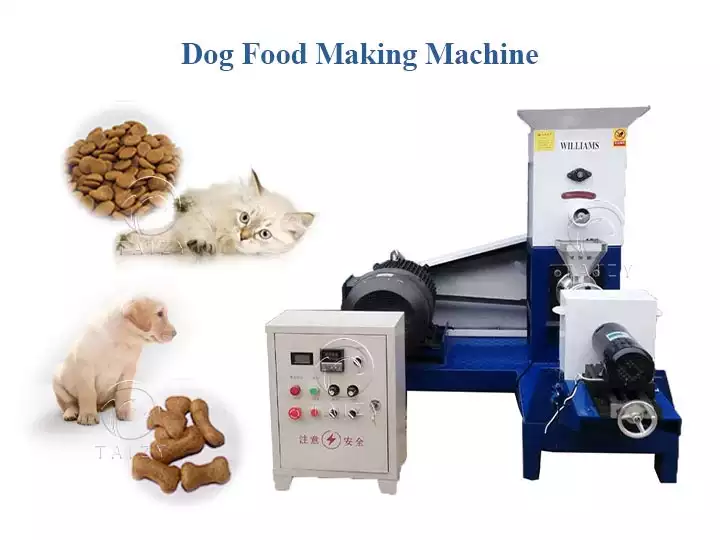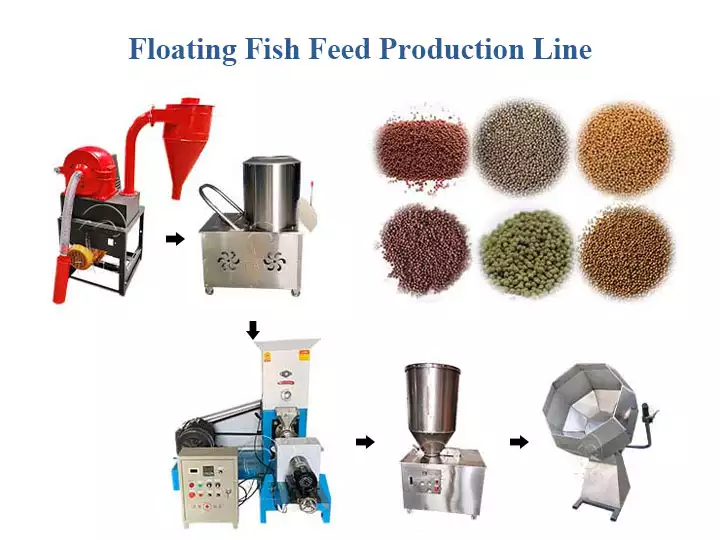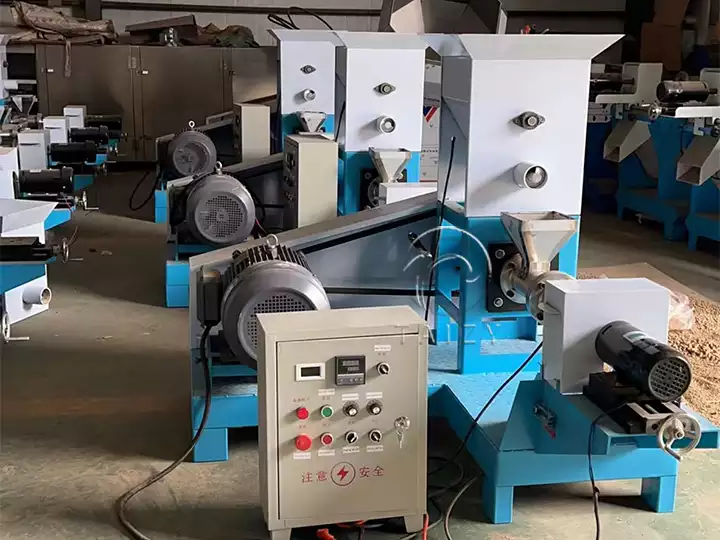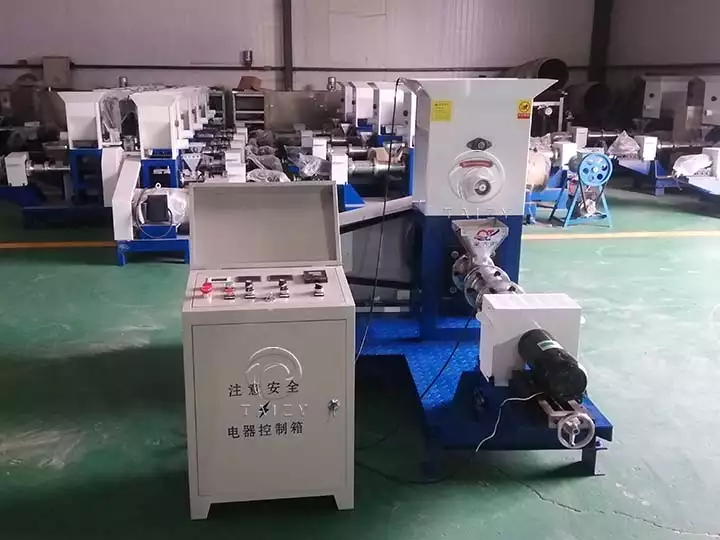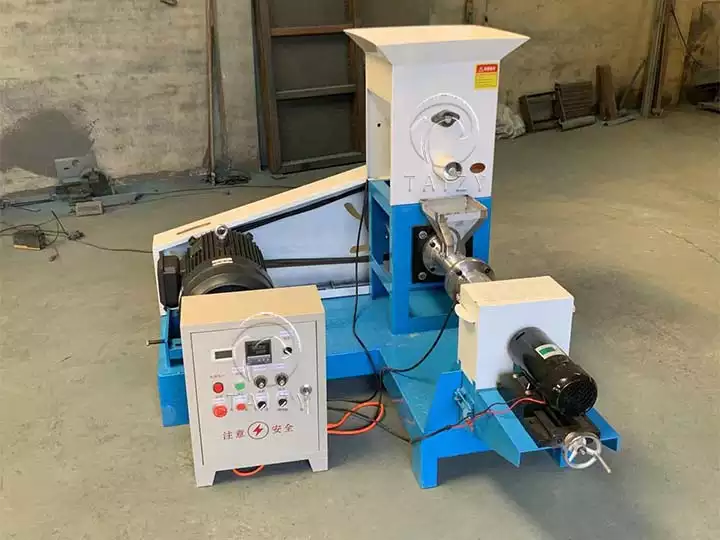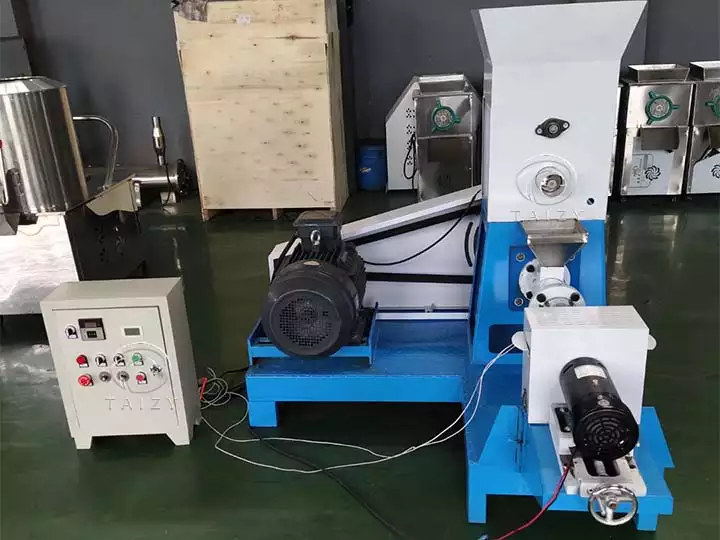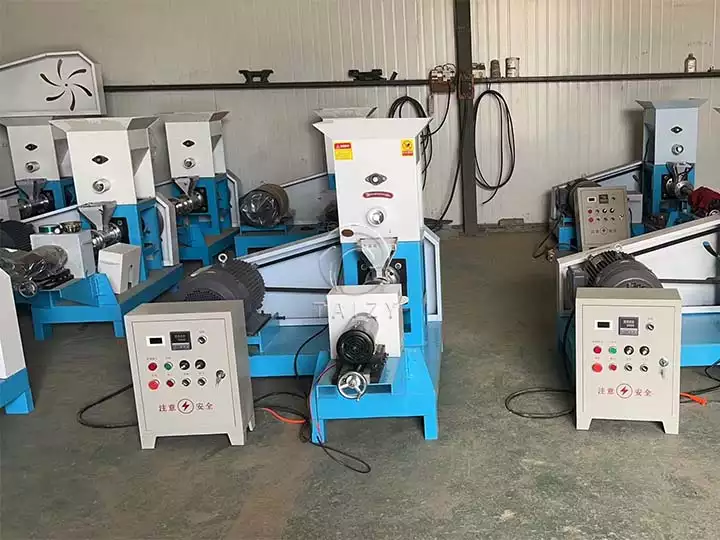How to choose fish feed pellet size: key to nutritional needs and proper shape
In aquaculture, the fish feed pellet size directly affects the growth and health of fish. Correctly choosing the right pellet size and shape can ensure that fish take in the right amount of nutrients and improve aquaculture efficiency.
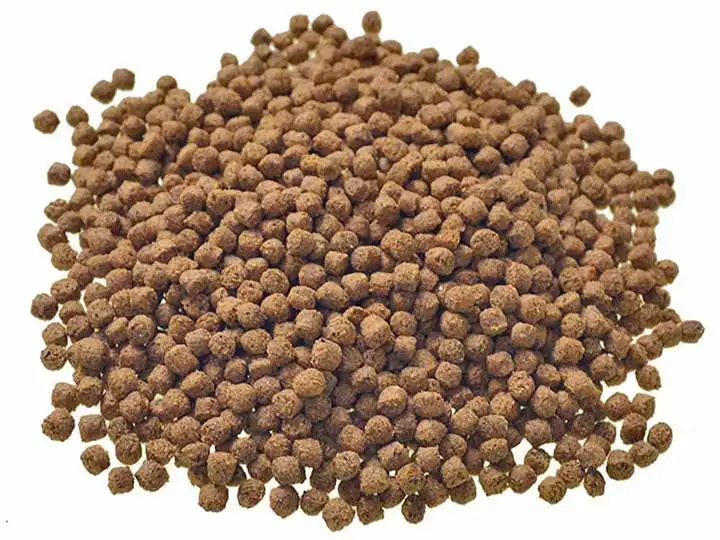
In this article, we will discuss the factors affecting the selection of fish food pellet size, the importance of the right feed pellet shape, as well as the Taizy floating fish feed pellet machine for sale.
Factors affecting fish feed pellet size
The choice of feed pellet size should be based on factors such as fish species, growth stage and water temperature. Juvenile fish need smaller pellets to suit their mouth size, while adult fish need larger pellets.
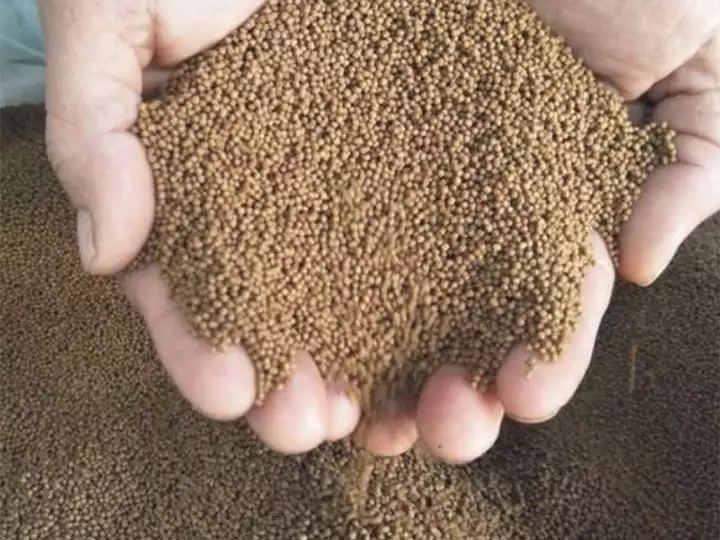
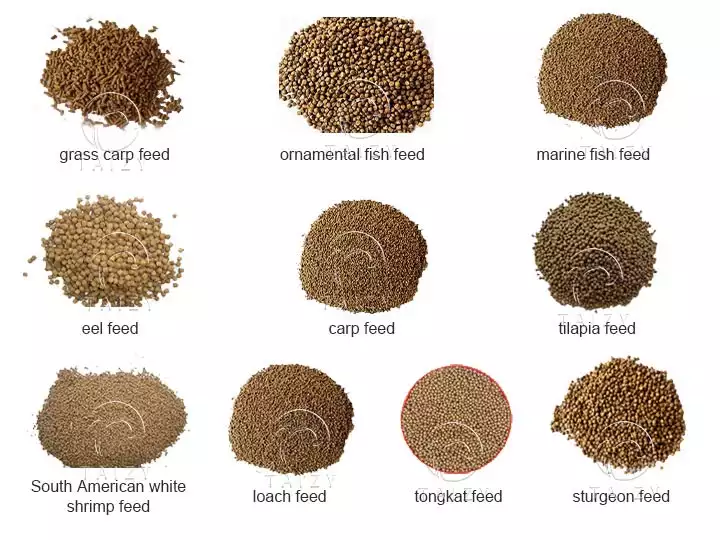
In addition, different fish have different preferences for pellets, with some preferring smaller pellets and others preferring larger ones. Water temperature also affects feed intake, as fish metabolize slower at lower water temperatures and require smaller pellets to ensure digestion and absorption.
The importance of the right pellet shape
In addition to the size of the pellet, the shape of the fish feed pellets is also critical in affecting the digestion and absorption of fish feed. The right pellet shape improves the stability and solubility of the feed, and facilitates the distribution and uptake of the feed in the water.
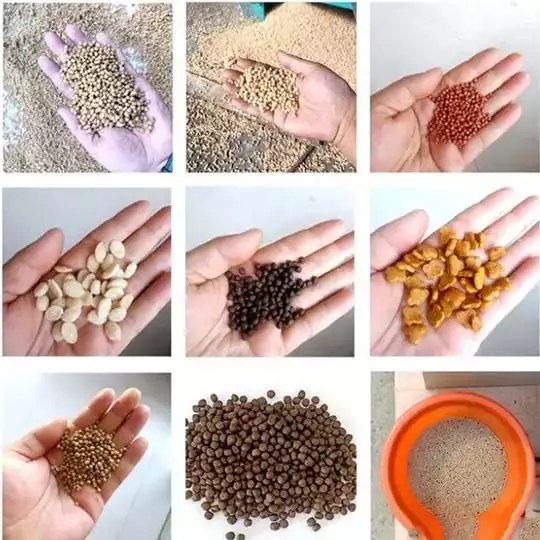
Some fish are better able to ingest suspended pellets, while others are better suited to ingest settled pellets. Therefore, choosing the right pellet shape can improve the utilization of feed by fish.
Taizy fish feed pellets making machines for sale
Taizy fish food pellet mills(DGP-40, DGP-60, DGP-70, DGP-80) offer a wide range of pellet sizes and shape options to meet the needs of different fish species.
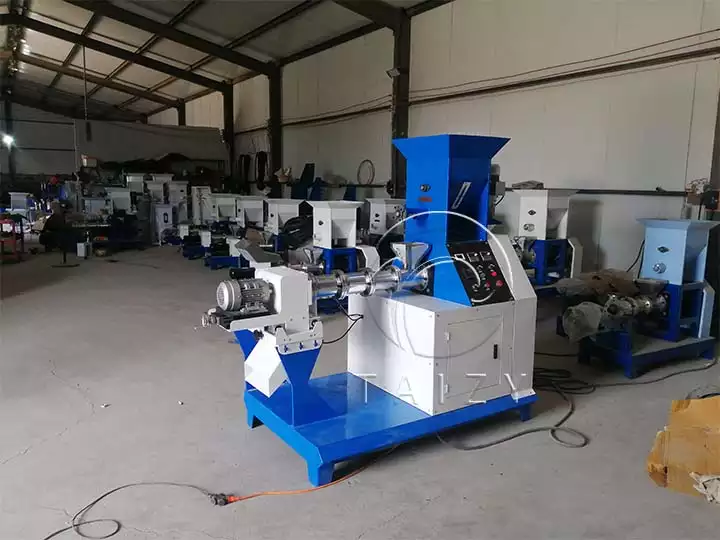
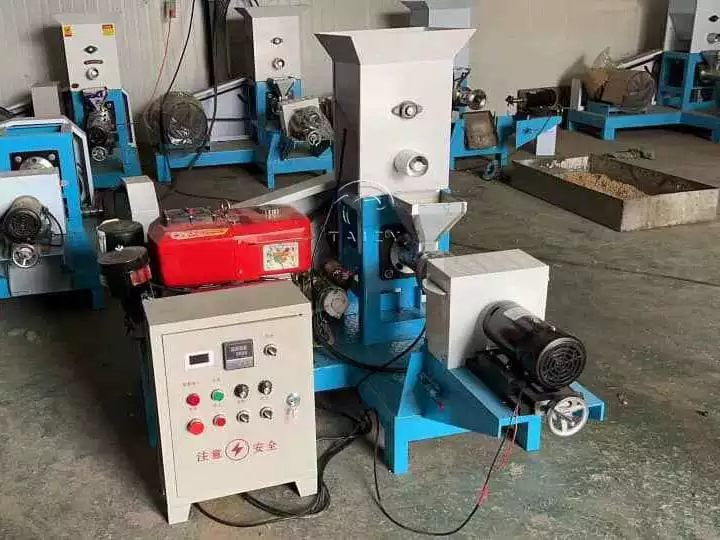
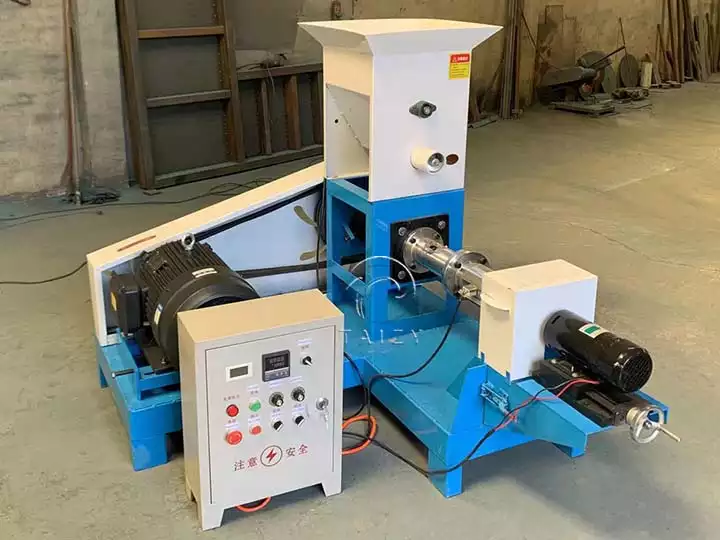
Whether it is small fish or large fish, we have the floating fish feed pellet machine to produce the appropriate size of pellets to choose from. Meanwhile, we customize different shapes of pellets according to your needs to ensure that the feed is evenly distributed in the water and fully ingested by the fish.
